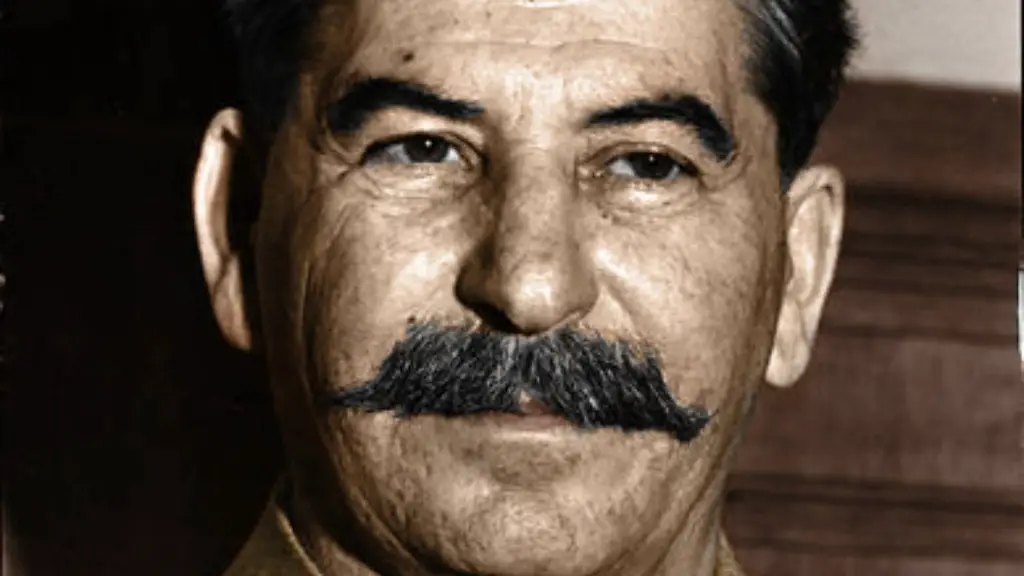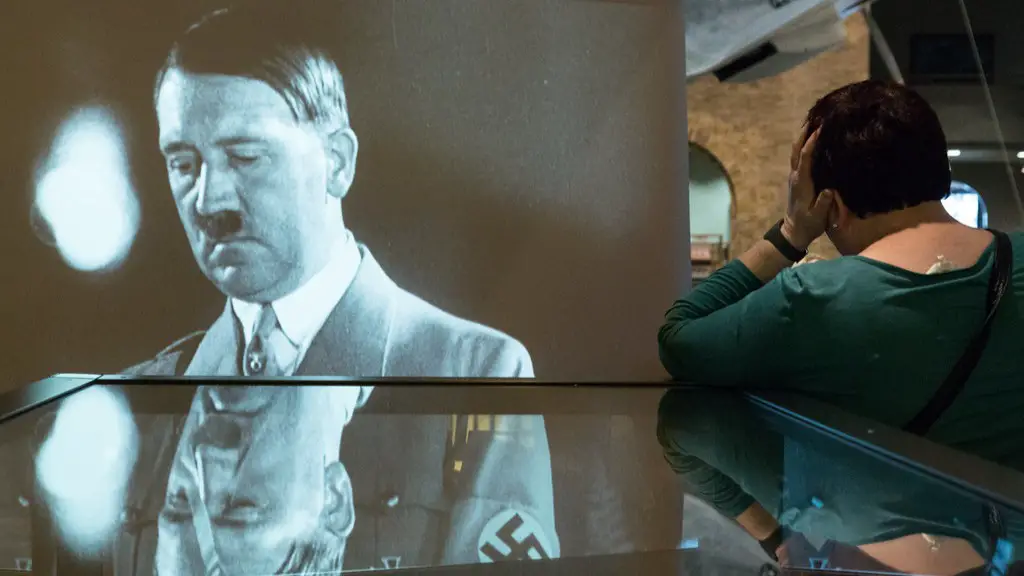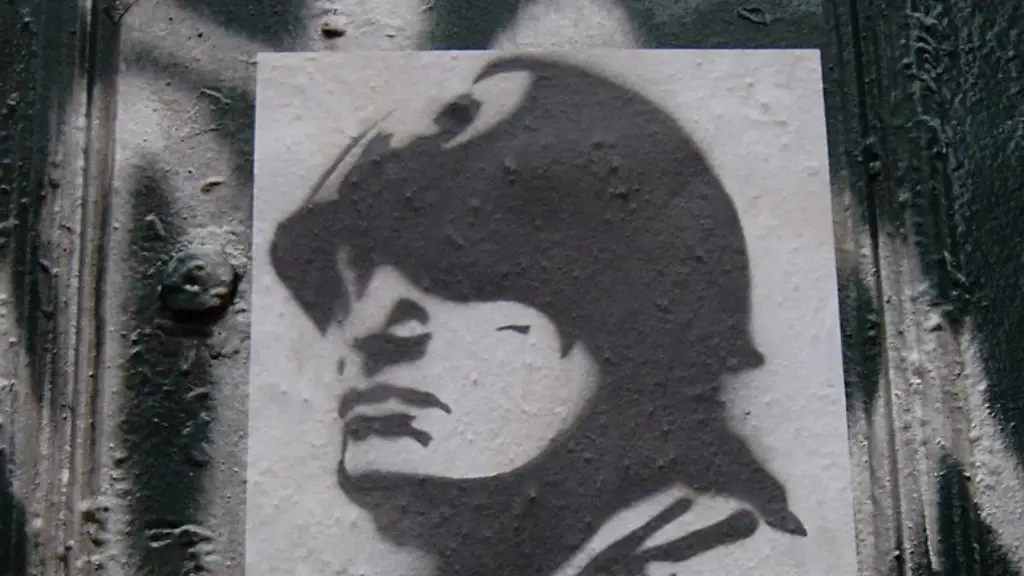Joseph Stalin was one of the most controversial leaders in history. He was the dictator of the Soviet Union for more than two decades and his rule was characterized by totalitarianism and repression. Stalin was paranoid and paranoid about opposition to his rule and he dealt with it in a very brutal and fatal way. Stalin’s secret police, the NKVD, were responsible for the imprisonment, torture, and execution of many of his opponents. Stalin also used propaganda to control the population and to convince them that anyone who opposed him was an enemy of the state.
Joseph Stalin was one of the most brutal dictators in history. He was willing to use any means necessary to silence his opponents and stay in power. One of his favorite methods was to have his opponents arrested and killed. He also used propaganda to control the population and to make sure that everyone was afraid to oppose him.
What did Stalin do to those who opposed him?
In the wake of the Russian Revolution of 1917, the Communist Party of the Soviet Union (CPSU) was founded and quickly gained control of the country. Under the leadership of Vladimir Lenin, the CPSU established a one-party dictatorship known as the Soviet Union.
Following Lenin’s death in 1924, Joseph Stalin emerged as the Soviet leader. Stalin enforced a ban on party factions and banned those party members who had opposed him, effectively ending democratic centralism in the CPSU. In the new form of Party organization, the Politburo, and Stalin in particular, were the sole dispensers of ideology. This contributed to the development of a cult of personality around Stalin, as he was the only source of information and guidance for the Soviet people.
The anti-Stalinist left emerged in the 1920s in response to the rise of Stalinism in the Soviet Union. It included a wide range of political movements, from the Trotskyists who sought to continue the revolution started by Vladimir Lenin, to the more moderate social democrats who just wanted to reform the Soviet Union.
The anti-Stalinist left was divided on how to best oppose Stalin and his regime. Some, like the Trotskyists, believed that a new revolution was necessary to oust Stalin and his allies. Others, like the social democrats, believed that reform was possible and that working within the system was the best way to bring about change.
The anti-Stalinist left was ultimately unsuccessful in its efforts to remove Stalin from power. Stalin died in 1953, but his legacy lived on in the form of the Soviet Union, which continued to exist until 1991.
What did Joseph Stalin deal with
Stalin was a strong promoter of Marxism–Leninism and supported many anti-fascist movements in Europe during the 1930s. He also signed a non-aggression pact with Nazi Germany in 1939, which led to the Soviet invasion of Poland.
The Workers’ Opposition was a faction of the Russian Communist Party that emerged in 1920 in response to the perceived over-bureaucratisation occurring in Soviet Russia. They advocated the transfer of national economic management to trade unions. The faction was led by Alexander Shlyapnikov, a metalworker who had been a member of the Bolshevik Party since 1903. The faction was dissolved in 1921 after being defeated in a power struggle with the party leadership.
What methods were used by Stalin to control the Soviet Union?
The Soviet Union was a one-party state that was controlled by the Communist Party. The Party controlled the government, the media, and the economy. The Party also controlled the secret police, which was used to crush any dissent.
The Soviet Union industrialized rapidly, but at the expense of the environment and the workers. The Soviet Union also collectivized agriculture, which led to a famine in which millions of people died.
The Soviet Union was a dictatorship, and the interests of the people were subordinated to the interests of the Party.
The Right Opposition were allies of Stalin’s Centre from late 1924 until their alliance broke up in the years from 1928–1930. The Right Opposition was led by Nikolai Bukharin and included other senior Soviet leaders such as Mikhail Tomsky and Alexei Rykov. The Right Opposition opposed Stalin’s policy of forced collectivization of agriculture, which they argued would lead to the destruction of the peasantry.
The Left Opposition was led by Leon Trotsky and included other Soviet leaders such as Lev Kamenev and Grigory Zinoviev. The Left Opposition argued that Stalin’s policy of forced collectivization would lead to the destruction of the Soviet Union.
The Group of Democratic Centralism was a small group of Soviet leaders who supported Trotsky’s position on collectivization.
The Right Opposition, the Left Opposition, and the Group of Democratic Centralism all opposed Stalin’s policy of forced collectivization. However, the Right Opposition and the Left Opposition disagreed on strategy towards the kulaks and NEPmen. The Left Opposition believed that the kulaks and NEPmen should be expropriated and that the Soviet Union should move towards socialism. The Right Opposition believed that the kulaks and NEPmen should be allowed to keep
What was the opposition in the Soviet Union?
The United Opposition was formed in early 1926 as a merger of the Left Opposition led by Leon Trotsky and the New Opposition led by Grigory Zinoviev and Lev Kamenev. The goal of the United Opposition was to strengthen the opposition to the policies of the All-Union Communist Party (Bolsheviks). The United Opposition was critical of the Party’s policies on both economic and political fronts. On the economic front, the United Opposition argued that the Party’s policies were leading to the stagnation of the Soviet economy. On the political front, the United Opposition was critical of the Party’s decision to move towards a one-party state. The United Opposition was ultimately unsuccessful in its efforts to change the policies of the All-Union Communist Party (Bolsheviks) and was suppressed by the Party in 1927.
There are a few things to keep in mind when writing a note. First, make sure that the note is clear and concise. Second, be sure to write in a way that is easy to understand. Third, use proper grammar and spelling. Finally, make sure the note is free of any errors.
What was the opposition to Bolsheviks
The uprisings against the Bolsheviks were led by various left-wing groups who opposed the Bolshevik regime. These groups included the anarchists, the Mensheviks, and the Socialist Revolutionaries. The uprisings began soon after the Bolshevik Revolution in October 1917 and continued through the years of the Russian Civil War. The aim of the uprisings was to overthrow the Bolshevik regime and to establish a new, more democratic government in Russia. However, the uprisings were all unsuccessful and the Bolsheviks remained in power.
Propaganda was a key tool that Adolf Hitler used to consolidate power and control over Germany. By controlling the narrative and using fear and terror, he was able to Murdered millions of people to show power and wiped out any opposing parties. This ultimately led to the manipulation of his country, as people were unable to think or act for themselves.
Who were the opposing sides in the Russian revolution?
The Russian Civil War was fought from 1918 to 1921 and ended with the Bolshevik Party in control of the government. The warring factions were the Red Army, fighting for Lenin’s Bolshevik government, and the White Army, representing a large group of loosely allied forces, including monarchists, capitalists and supporters of democratic socialism. The White Army was defeated, and the Bolsheviks established the Soviet Union.
The anti-Soviet and anti-communist democratic bloc was led by the United States during the Cold War. This bloc included countries that were opposed to the Soviet Union and communism. The members of this bloc were typically democracies that wanted to stop the spread of communism.
Why did the United States oppose the Soviet Union
The United States government was initially hostile to the Soviet leaders for taking Russia out of World War I and was opposed to a state ideologically based on communism. This was due to the fact that the US government believed that Russia’s withdrawal from the war would lead to a German victory. Furthermore, the US government was also concerned about the spread of communism to other countries. However, over time, the US government became more accepting of the Soviet Union and its leaders.
The rally of protest against the Soviet invasion of Czechoslovakia to suppress ‘the Prague Spring’; was held on August 25, 1968 on Moscow’s Red Square by eight dissidents including Viktor Fainberg, Natalya Gorbanevskaya, Pavel Litvinov, Vladimir Dremlyuga, and others. The protesters were arrested and most were tried and convicted of anti-Soviet agitation. This rally is significant because it was one of the first instances of public dissent against the Soviet government and helped to pave the way for future dissident movements.
Who opposed the Bolsheviks in Russia?
The two largest combatants in the Russian Civil War were the Red Army, fighting for the Bolshevik form of socialism led by Vladimir Lenin, and the loosely allied forces known as the White Army. The White Army included diverse interests favouring political monarchism, capitalism and social democracy, each with democratic and anti-democratic variants.
The Bolshevik Revolution of 1917 was one of the most momentous events in history. It signaled the beginning of a new era in Russia and ushered in nearly 75 years of Communist rule. The revolution was the result of years of social and economic turmoil in Russia and was sparked by a series of major events, including the First World War, the abdication of tsar Nicholas II, and the rise of the Bolshevik Party. In October 1917, the Bolsheviks staged a coup d’etat and ousted the Provisional Government, taking control of the country. The revolution had a profound impact on the course of world history and helped to shape the 20th century.
Warp Up
In order to deal with opposition, Stalin used a number of different tactics. First, he worked to discredit his opponents. This was done by spreading rumors and using the media to paint them in a negative light. Second, Stalin feature search organizations like the NKVD to track down and eliminate his opponents. Finally, Stalin used the Soviet secret police and military to suppress any uprisings or protests against his rule.
According to historians, Joseph Stalin dealt with opposition in a variety of ways, including co-opting, isolating, and eliminating potential rivals. While some argue that Stalin was paranoid and ruthless in his methods, others believe that his actions were necessary in order to consolidate power and keep the Soviet Union together.





